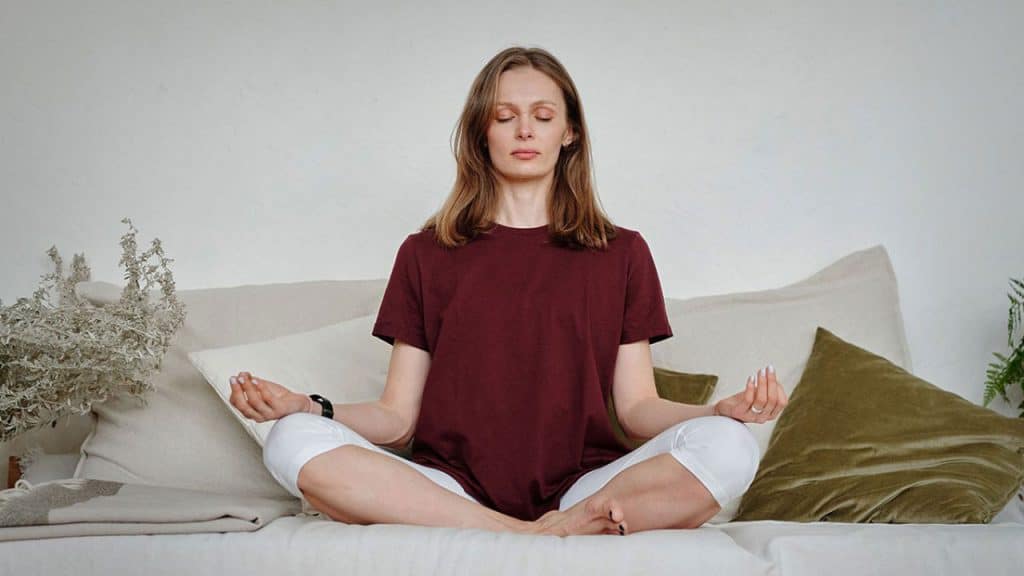Meditation isn’t as simple as it looks. There’s lots of evidence about how it alleviates stress and makes you more aware of your own wellbeing, but first you need to navigate its many techniques and forms (https://longevity.technology/lifestyle/8-types-of-meditation-which-one-is-best-for-you/).
Humans have been meditating for thousands of years. Most religions have some method that they use to try to find inner peace and clarity and to become more aware of one’s own physical, mental and emotional state as well as the world around them. When done properly and regularly, it can bring emotions under control, improve concentration and alleviate the symptoms of stress.
Mindfulness meditation combines modern mindfulness techniques with more ancient Buddhist practices. It encourages you to be aware but not judgmental of the present and your own thoughts and feelings. Body scan meditation is also inspired by mindfulness but focuses on one specific part of the body at a time. Transcendental meditation, on the other hand, as developed by Maharishi Mahesh Yogi, is about trying to transcend, or rise above, thoughts and feelings to the state of calm beyond them.
You’ve probably heard the word “zen” used when talking about spirituality, and zen meditation (zazen) takes its inspiration from Zen Buddhism. This is where the stereotypical idea of a practitioner sitting upright with legs crossed and hands together originates. This posture is meant to help stability while you focus on your breath and awareness. Not all meditation is about silence and stillness, however. Mantra meditation uses words and sounds to create vibrations that help you concentrate and bring you to a state of inner peace.
Another Buddhism-inspired form of meditation is Metta, otherwise known as loving kindness meditation. As the name suggests, it’s about fostering feelings of compassion for both yourself and others, reducing anger and resentment while building connections and empathy. Then there’s vipassana meditation, which originates in Theravada Buddhism and is particularly introspective, observing the sensations in your own body and how they connect with the rest of reality in its ever-changing forms.
Eighth and final on this list of meditations is guided visualization, which uses your imagination and inner creativity to manifest pictures and positive scenarios inside your mind. You don’t have to do this alone; you’ll have a guide to direct your journey. If you’re uncertain about any meditation, finding an expert to help is a good start.




